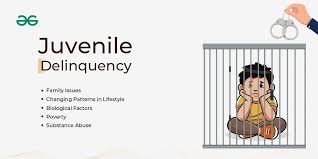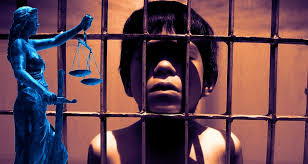Juvenile Laws at Myanmar
Myanmar's juvenile justice system has undergone significant reforms in recent years, aiming to align more closely with international standards and prioritize the rights and rehabilitation of minors.
Legal Framework
Child Rights Law (2019): Enacted in July 2019, this law defines a child as anyone under the age of 18 and introduces several key provisions:
Minimum Age of Criminal Responsibility: Raised from 7 to 10 years, though this remains lower than international recommendations, which suggest setting it at 12 or higher.
Diversion and Alternative Measures: Emphasizes diversion from formal judicial proceedings and promotes restorative justice approaches, including alternatives to detention.
Protection Against Violence: Prohibits all forms of violence against children and provides mechanisms for their protection.
Special Protection for Children Affected by Armed Conflict: Criminalizes grave violations against children and offers enhanced legal protections in conflict situations.
Juvenile Courts
Structure and Jurisdiction: Juvenile Courts operate at the township level, with specialized courts in Yangon and Mandalay regions. These courts handle all offenses committed by juveniles, regardless of severity, and are equipped with child-friendly facilities, including dedicated witness examination rooms.
Detention and Rehabilitation
Training Schools: While Myanmar does not have separate juvenile prisons, it maintains institutions known as training schools for minors. These facilities aim to provide education and rehabilitation, though reports indicate challenges such as inadequate conditions and instances of abuse.
Legal Representation and Access to Justice
Legal Aid and Awareness: Organizations like the Legal Clinic Myanmar (LCM) and Thazin Legal Aid Group collaborate with UNICEF to enhance legal awareness and provide representation for children. Training sessions have reached numerous participants, including government officials and community members, to strengthen the juvenile justice system.
Barriers to Justice: Challenges persist, including limited access to legal aid, an overburdened judiciary, and occasional inadequate implementation of child protection laws. These factors can hinder children's access to justice and the effective enforcement of their rights.
Recent Developments and Challenges
Advocacy and Legal Reforms: Legal professionals have praised the Child Rights Law as a vital tool for advocating children's rights, enabling more effective representation and the introduction of child-friendly procedures in courts.
Ongoing Issues: Despite legal advancements, reports highlight continued challenges, such as inadequate conditions in detention facilities, including issues like deprivation of meals, physical abuse by older inmates, and placement of juveniles with adults.
Conclusion
Myanmar's juvenile justice system has made notable strides with the introduction of the Child Rights Law and the establishment of specialized juvenile courts. However, ongoing efforts are needed to address systemic challenges, ensure effective enforcement of child protection laws, and uphold the rights and well-being of children within the justice system.





0 comments